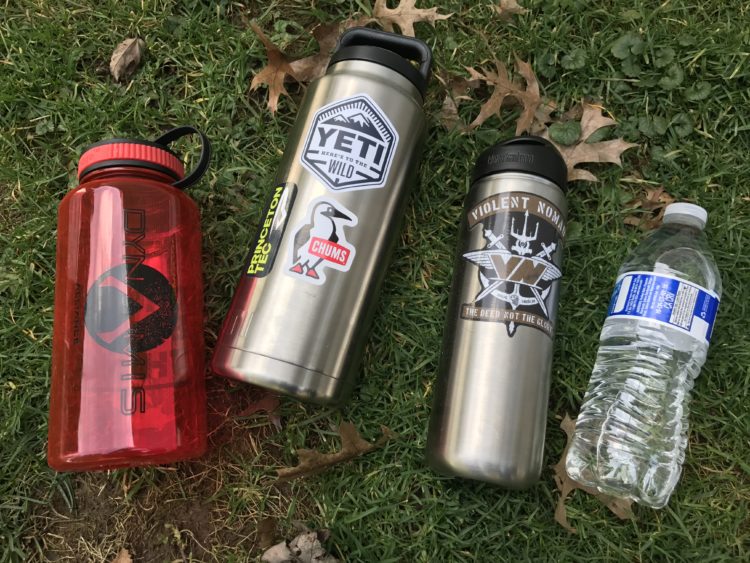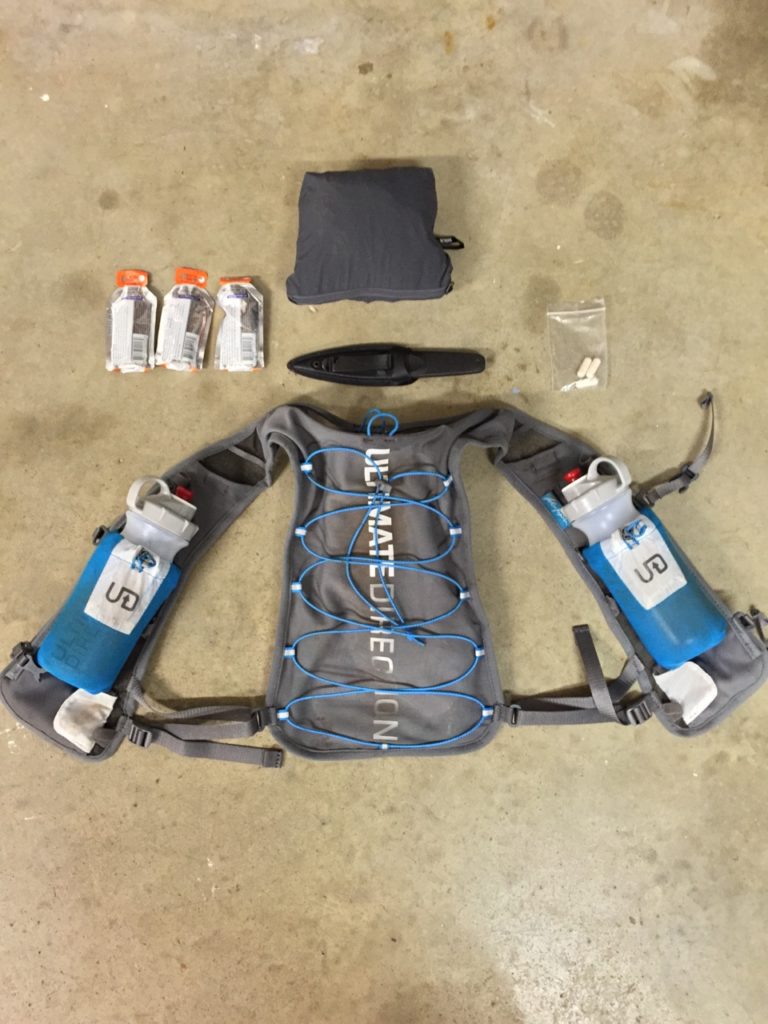Drinking water and remaining hydrated is essential for the human body to survive. I remember during Marine Corps boot camp drinking upwards of 12 canteens of water each day depending on the training evolution. We would take water breaks and have to drink a canteen until it was empty, then hold it upside down over our head showing that we drank it all. In the heat of the moment, it felt like self-inflicted waterboarding, but the drill instructors did it for a reason. Because of the level of physical activity done each day we required elevated levels of water to keep our bodies going.
Searching online you’ll find numerous sources with different advice on how much water you should be consuming daily to remain hydrated. Camelbak has a pretty solid hydration calculator to determine how much water you should be drinking based on your weight, height, and age. Generally, I have my cup or two of coffee each morning, but after that, it’s water for the remainder of the day. On average I consume 64 ounces of water in the afternoon using my 32 ounce Nalgene water bottle.
When I go on day hikes I generally only take a single 32-ounce water bottle. Why do you ask? My theory is that if I am keeping my body hydrated through regular consumption of water, then I’m not starting out my hike dehydrated (many do and don’t even realize it).
Here is what Kyle Defoor has to say about hydrating:
As we come into summer and hot weather, hydration comes into play more for training and working out. A common trait I’ve seen in the past few years is the overhydration and a dependency of water in some people.
There is no doubt that during the strenuous activity you need to replace water. The question is how much. Training continuously with an endless supply of water makes for an unrealistic real-world scenario. It also hampers peak performance. The introduction of the water bladders to the military has, in my observation, resulted in too many drinking too much and not being able to perform without a large amount of water available. Obviously, environmental conditions will make a huge impact on how much water to drink. In extreme heat conditions, or during very high physical activities more will be needed.
How much?
I believe that during normal environmental conditions, 12-24 oz. of water per hour is sufficient. Genetics will play a part in determining which side of the scale you are on. This should be sufficient water to do anything from running to humping a ruck as long as heat is relatively moderate (75-80 max) and there is some sort of prior physical conditioning present in the person doing the task.
In extreme cases, where environmental conditions are harsh (90 and above, or lack of food, extreme terrain) I think a good intake is up to 2 quarts per hour. Anything over that and the individual’s effectiveness is coming into play.
Other factors:
If you wear gear for a living, it’s not a game of pounds, it’s a game of ounces. Water is heavy. If you require a lot to operate, you have to carry more water which equals more weight. If you have to carry more weight, you sweat more and need more water. It is a never-ending cycle.
If it’s there you’ll use it. That hose that comes over your shoulder is the tactical crack pipe. Even if you don’t need water you’ll take a sip out of habit. This is how the dependency starts. Before you know it, you’ve gone through 100 oz.in 2-3 hours. That 100 oz. should be lasting 5-6 hours depending. Most all the manufacturers make an “assault” version of their water bladders. These are significantly smaller, lighter, and can be worn high on the back out of the way- making sitting in a car a way more comfortable process.
Ween yourself down to the point that you can work with as little water as possible. This is accomplished through cardio or high heart rate exercises over a long period of time. You must be accurate in your training here. For example: do a task that to you most closely resembles your worst work situation (this could be humping a ruck in 90-degree weather up a hill), notate how much water you used. From there repeat that exercise in the same conditions every 3 to four days taking small amounts of water away until you reach a more realistic amount that you can carry. Again goal being 12-24 oz per hour.
Pre-hydrate when the opportunity arises. If you know you’re going on a long run, don’t carry the water with you if you can simply drink a bottle before you go. Every ounce you take away in running equals about 2-3 seconds per mile faster.
In the end, each individual is different and will require a certain amount of fluid to keep going. Knowing your body well enough to carry only what you need will result in a better overall performance.
This article was written by Scott Witner, a former Marine focusing on disaster preparation.










